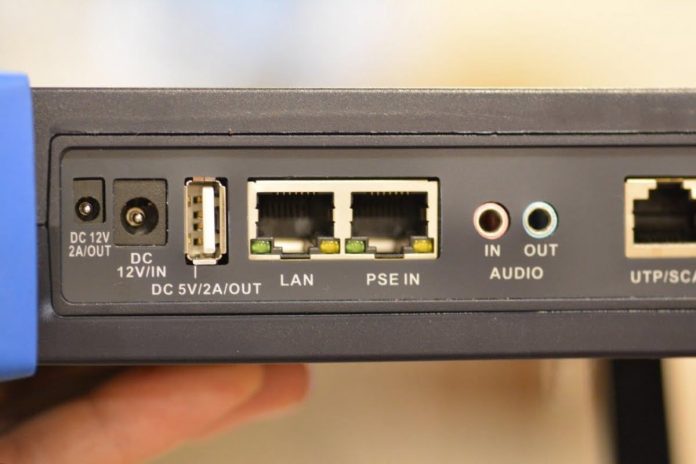Synology’s teeny EDS14 resembles a NAS mated with a USB hub. It’s designed as a mobile server supporting up to 5 IP cameras. There’s a USB 2.0 port supporting remote access by dongle, while a USB 3.0 and an SDXC UHS-I slot handle storage.
WHAT strikes me out of the box is the size of Synology EDS14. It’s so small. There’s nothing to go wrong on the outside and the heavily ribbed poly housing and port-based design tells you there’s not much to go wrong on the inside, either. There are no buttons to break and it’s fan-less so this unit will shrug off dust and never overheat due to fan failure.
There’s no RAID storage but that’s not the point. The EDS14 is designed for use in mobile applications, or in topical applications, or in small domestic and commercial systems. In these applications, what matters most is grown-up function of the cameras you get. Synology’s very capable Disk Station Manager software, supported by free Surveillance Station 6 software, makes EDS14 a very neat, compact and low cost NAS/hub solution.
We’ll get further into management of the unit later on but it’s worth pointing out up-front that the area Synology succeeds most here is with DSM 4.3 embedded management system (the latest Version 5 is now available) and with its free Surveillance Station 6 management system. SS6 offers great function and it networks with the best of them. SS6 not the end of the available applications, either. You can option your EDS14 to handle a whole range of specialised network tasks from streaming to management of multimedia.
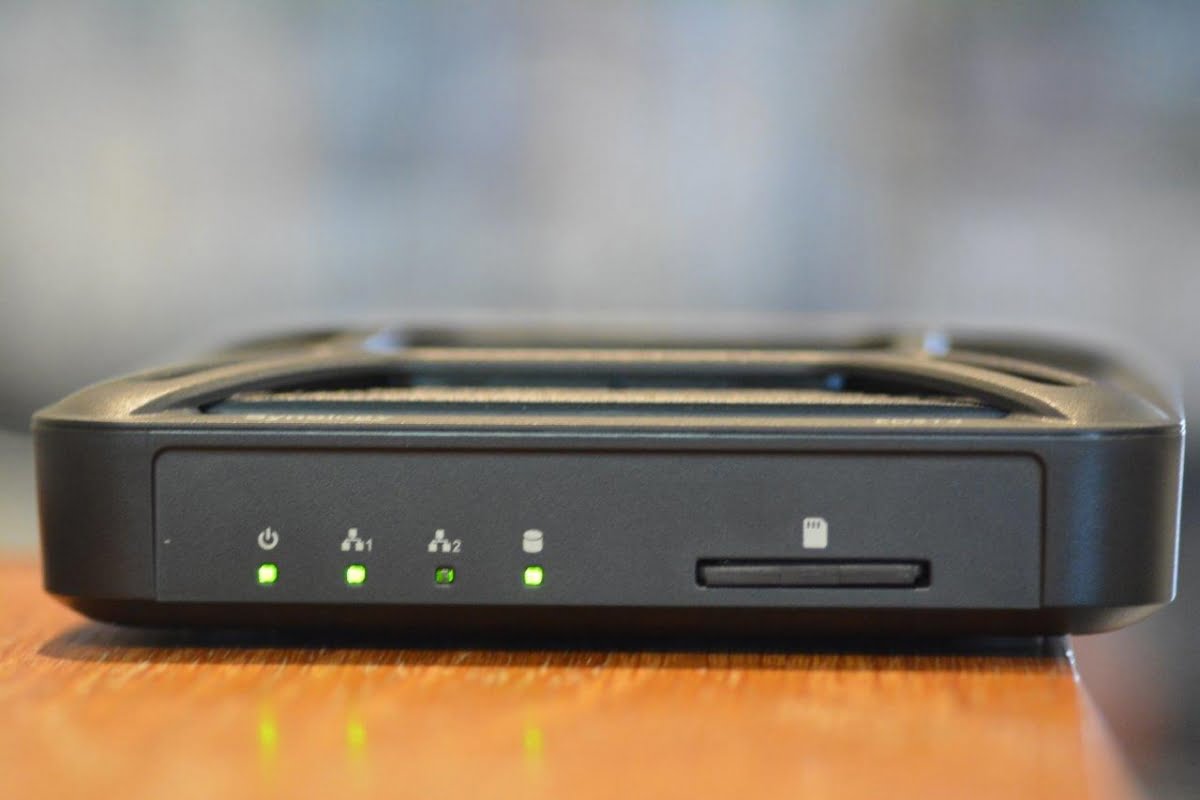
Setup is very easy – you power up, install an SD card, connect Cat5 from your router to the EDS14 and find the DataStation EDS14 in your network directory. You double click on it and a browser-based management system opens up that allows access to programming and storage functionality. Management is icon-based – there’s a control panel for handling the NAS, as well as a system dashboard on the right. I double click on the Package Centre icon on the left hand side of the screen and download Surveillance Station 6.
Once you’ve downloaded Surveillance Station and it’s installed on the NAS, you click on the function drop-down far left in the top bar and select Surveillance Station each time you want to view your cameras. Easy enough. Each instance of SS6 comes with a license for one camera which I am going to use to drive a fixed network camera. You can grow the system to 5 cameras – a 4-pack of camera licenses costs $A232, while one additional license costs $68 (prices from MWave.com.au).
The process of loading a camera is very easy but I manage to complicate it by trying to port the camera directly to the EDS14. This idea was not a success and once I’d moved the camera cable over to a port on the system router and reconfigured the IP address, EDS14 found the camera all by itself and Live View came up with no further effort from me.
The actual enrolling process is just filling gaps in the Wizard. You choose a camera number, add the IP address which is generally the same address for all the cameras of a particular brand and the port is designated as 80 by default. Next you slot in the camera brand or select it from the integrated drop-down, the video format is pre-configured as MJPEG and you click finish. Doing it is much quicker than typing it.
Surveillance Station 6
Once a camera is installed you can start playing around with Surveillance Station 6 and there’s no doubt that the further you go into this VMS the better it gets. Installed stand alone, this is not a system comparable to vast integrated VMS solutions but it brings much of the capability of these systems down to a very affordable level.
You drive SS6 through 3 buttons on the top command line – Live View, Timeline and Management. You click into each window and all the relevant functionality is in front of you. It’s a pleasure to steer it. There’s camera optimisation settings based on time of day, mirror and flip, time stamp, and useful analytics including motion detection missing object foreign object focus lost, camera occlusion and no idle zone.
You can select object size, set a workstation beep when motion is detection and you can receive scheduled email or SMS alerts. This is not just an on/off toggle. It’s a deeper functionality. You can be alerted to a device added, a device deleted, a connection lost, a connection resumed, recording failure, archive limit reached, motion detected and/or alarm detected.
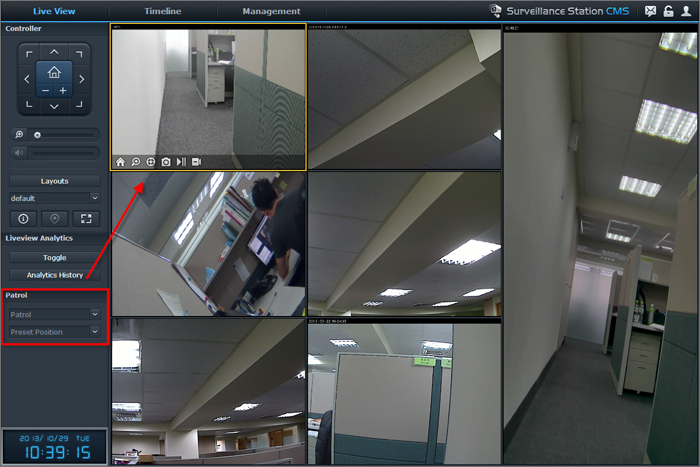
There’s emapping, too, and you can set up the EDS14 as a CMS server with time syncing, with a video relay enabled via the internet, or it can be set as a host or a recording server. None of this stuff should surprise, really. Synology is a networking company and it has built the EDS14 in its own image. There’s also an integrated log, allowing you to check out motion and network events.
Investigations are managed using the Timeline screen and there’s really not much you can’t do with SS6. There’s a calendar to select day and 4 timelines on the right hand side of the screen allow you to pick your times. The playback control console has zoom and audio control, export is through a single button and in Timeline as well as in live view, you can take a snap shot through control buttons on the bottom left of the viewing window. In the Timeline window there’s also Download and Seek (this takes you to a wee recording time window), and a Smart Search function, where in Live you can select Pause or Manual Record.
Physical specifications
Driving the show is a Marvell Armada 370 single core 1.2GHz processor with 512MB DDR3 RAM. Synology says this offers read speeds of more than 110MBps for USB 3.0 and 77MBps for SDXC. These numbers look high to me. I think 50Mbps is more realistic for reading and writing a USB 3.0 with an Armada 370. But performance is plenty for a compact unit of this type. I certainly did not feel held back by performance during this test run. EDS14 is not fully-loaded server – some people are selling locally for $250 – and for that price it’s wonderful little thing. Rugged and flexible and hustling the excellent SS6 VMS.
In dimensions, the unit is 125 x 125 x 31mm and it weighs only 295g making EDS14 easily portable. Supporting this portability, the unit can work off an input voltage of 7-24V so you can power it using a car cigarette lighter or the same sort of 12V DC power supply you are using to power IP cameras. This and the ability to connect to the EDS14 over the cloud via 3G/4G and drive the system using a smart app on a mobile device, makes EDS14 a strong offering. The EDS14 is pretty much as flexible as you want it to be – though it’s not weatherproof, it’ll handle -20 to 50C making it capable of transport applications.
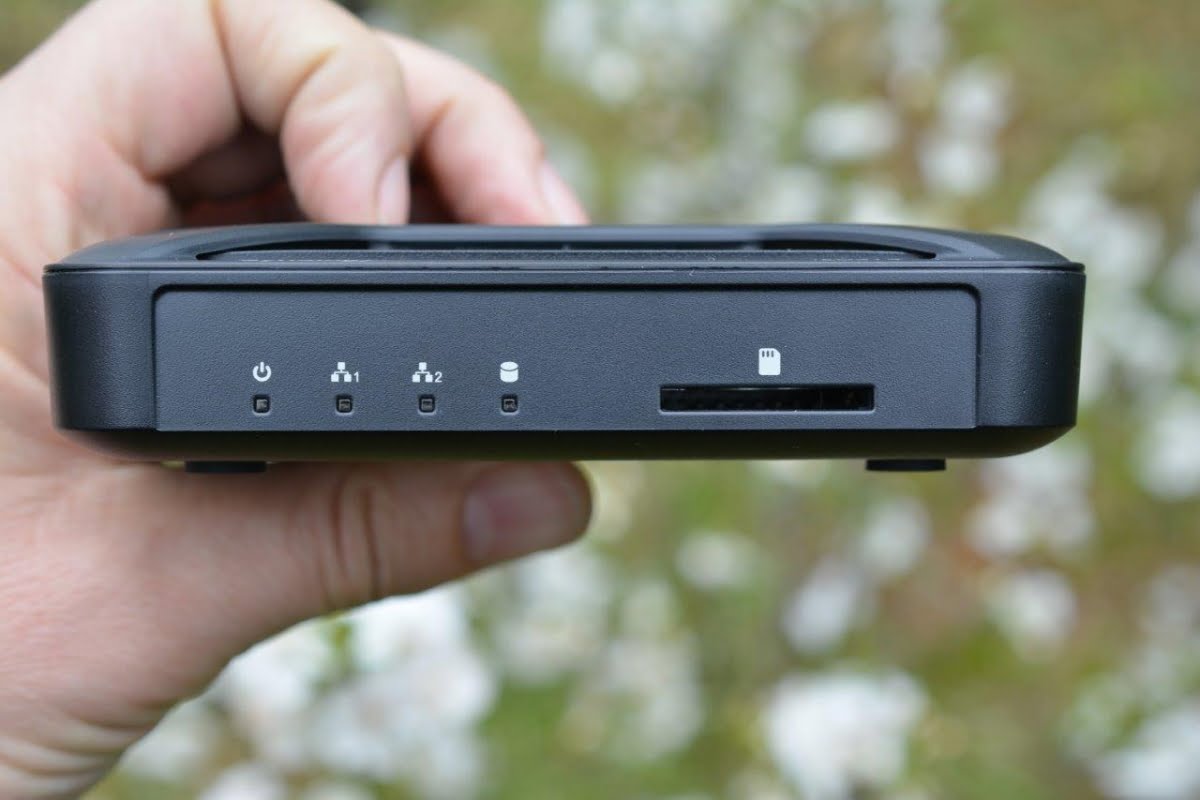
The case of the unit is tough black poly and the upper surface is deeply ribbed to act as a heat exchanger. There’s a decent amount of heat to be felt on this surface but I can put my cheek to it without discomfort so it’s probably not much more than 40C. Something else that’s interesting is a power relay tucked away in the left hand back corner of the unit that you can program to drive locks and gates, or operators can manually turn devices on and off on the basis of live video footage. There are dual RJ-45 plus on the rear and 4 LEDs on the front showing power, network 1, network 2and storage.
Storage is that SDXC U1 slot on the front of the unit and either one or both of the USB ports, depending on your setup. I’m porting to the the unit from a Netgear router using Cat-5 so I option my unit with a 64GB SanDisk in the USB 3.0 and a 32GB Sony SD card in the SDXC slot, leaving the USB2.0 free for comms or storage. In my network directory, these storage bins come up as individual drives. Happily you and pull and add them while the system has power, which is a bonus.
This setup gives me around 100GB using storage I found laying around on my desk, which is plenty for motion detection of domestic, small commercial and quirky remote or mobile applications. You could easily double storage buying bigger flash devices and using all the available ports. SDXC UHS-I is the latest and fastest card format and that means my 40Mbps 32Gb Sony card is not going to challenge this unit.
EDS14 is a compromise between mobility and flexibility on one side and and outright horsepower on the other, and in this application, power comes second. Sitting here driving the system, this does not bother me in the least. I’m not streaming tons of media in real time – I’m viewing a single stream and I’ve got motion detection activated for event recording. From the point of view of a video surveillance application, it’s the compact size, the flexibility of comms, the compatibility with 2100 different IP cameras, the strong, free VMS and the ease of setup that sell the system.
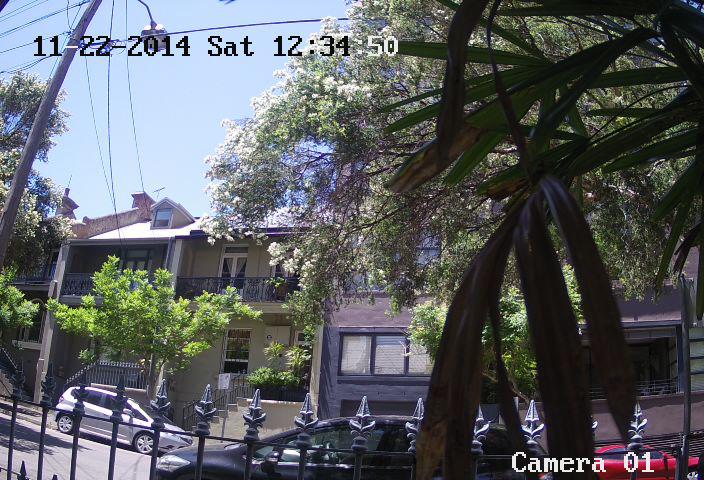
Live performance with a single camera is solid. I’m using a full HD camera at the sharp end and it’s doing well through the browser-based management system. I like Synology’s EDS14. It’s not a proper NAS, it’s not a proper storage solution, and with no Wi-Fi it’s not really a proper hub, either. But for those CCTV applications needing something compact and tough – especially single camera applications not requiring the extra spend on licenses – it’s hard to go past this little gem. What’s the highlight? Thanks to Surveillance Station 6, it doesn’t feel like driving a compact machine.♦
Features of Synology EDS14 include:
* Compact, fanless and silent
* Industrial-level thermal endurance
* Flexible DC power options for mobile use
* Dual Gigabit ports, USB 3.0 and USB 2.0
* Support for high-speed SDXC UHS-I SD cards
* Excellent Synology Surveillance Station is free
* Works with 2100 different IP cameras
* Power out socket.



